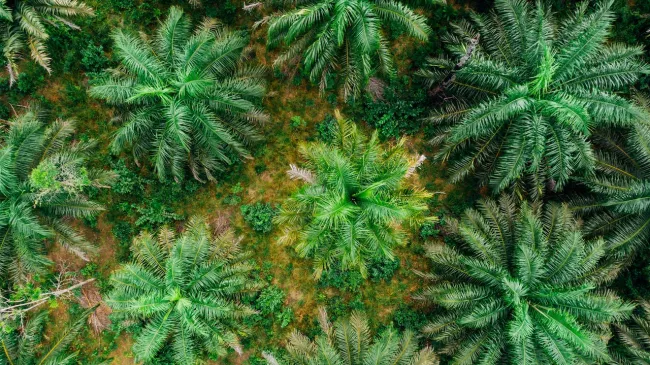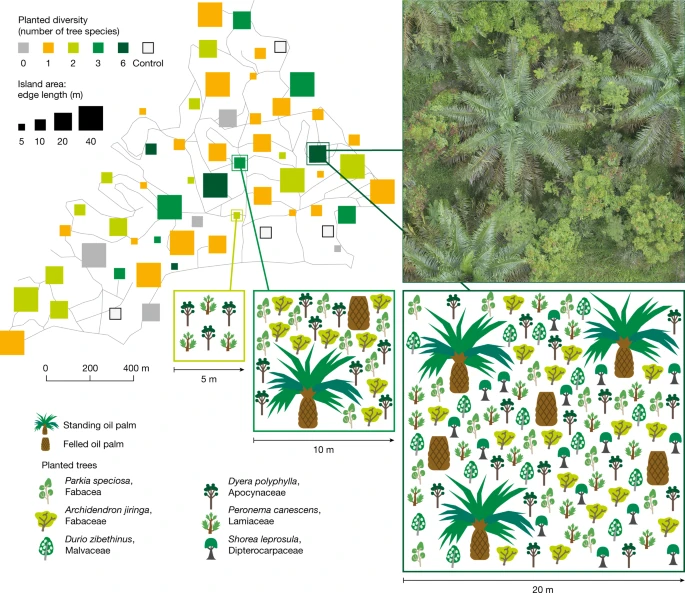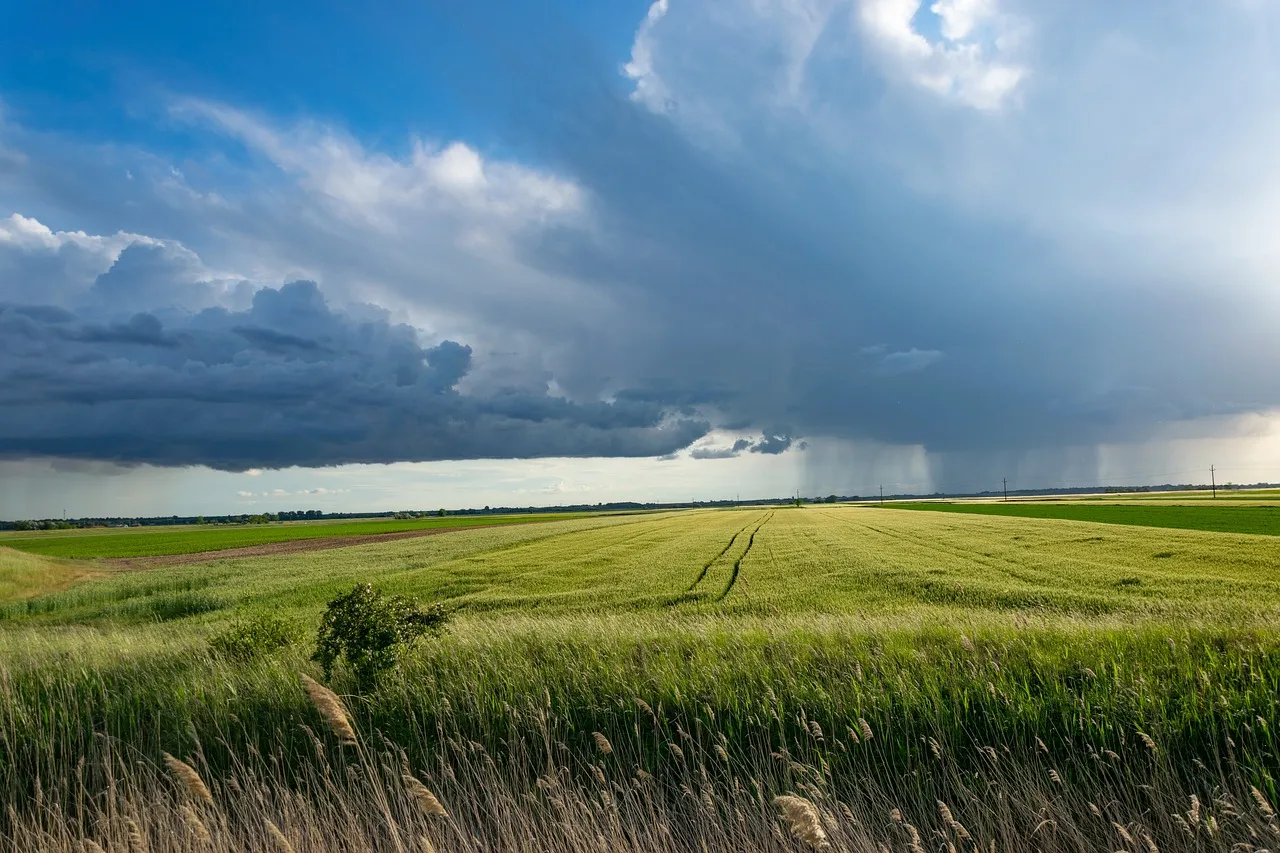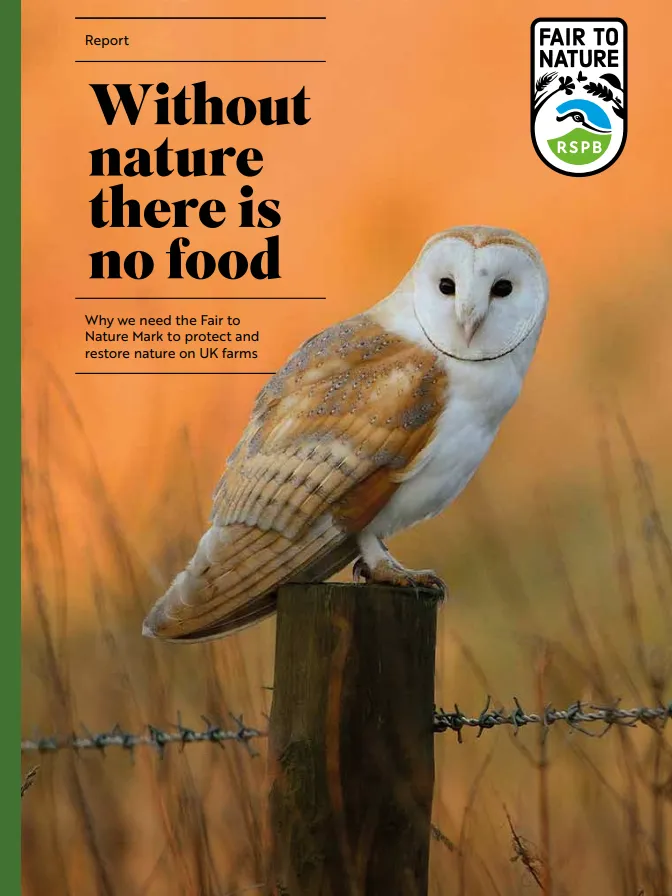This study examines the potential of a form of agroforestry wherein tree islands - small areas where native trees are planted or allowed to regenerate naturally - are interspersed with oil-palm monocultures, in order to benefit biodiversity and ecological functioning.

The large-scale, 5 year experiment assessed biodiversity and ecosystem functioning associated with 52 tree islands of varying sizes across 140 ha of oil-palm landscape. Each tree island had a different number of native trees planted in them from 0 (natural regeneration only), to 6 planted species. See image for visualisation of the experimental set-up. Biodiversity was assessed across a range of Kingdoms (bacteria, fungi, plants and animals) using 10 indicators (including counting bat and bird numbers using sound recorders, counting bacteria and fungi present in soil samples using DNA analysis, and taking an inventory of plant species). Ecosystem functioning was assessed using 19 indicators, covering factors like productivity, pollination, soil quality and nutrient cycling.
Overall, tree islands were found to increase biodiversity and improve ecosystem functioning (particularly water infiltration and soil fertility) whilst maintaining overall oil palm yields. As expected, larger (in terms of area) tree islands had greater restoration benefits. Meanwhile, the number of native trees planted had varying effects on biodiversity depending on the indicator used. For example, planted tree diversity promoted the diversity of (non-planted) trees but decreased the diversity of arthropods. However, higher planted tree diversity did lead to more structurally complex habitats. Thus, at a landscape level, having several large tree islands which vary in the planted trees present (and so structural complexity) are most beneficial for biodiversity and ecosystem functioning.
The study concluded that whilst this approach should not replace protection of remaining forests, tree islands provide a promising ecological restoration strategy for oil palm-dominated landscapes.

Image: Figure 1, Zemp et al., 2023. Experimental design that tests the ecological restoration outcomes of tree island establishment in oil palm-dominated landscapes. Tree islands vary in area (25–1,600 m2) and planted tree diversity (none to six species), with a total of 52 tree islands established in an industrial oil palm plantation in Sumatra, Indonesia. Control plots represent conventionally managed oil palm monocultures. Note that the islands in the map are not at scale.
Paper abstract
In the United Nations Decade on Ecosystem Restoration, large knowledge gaps persist on how to increase biodiversity and ecosystem functioning in cash crop-dominated tropical landscapes. Here, we present findings from a large-scale, 5-year ecosystem restoration experiment in an oil palm landscape enriched with 52 tree islands, encompassing assessments of ten indicators of biodiversity and 19 indicators of ecosystem functioning. Overall, indicators of biodiversity and ecosystem functioning, as well as multi-diversity and ecosystem multifunctionality, were higher in tree islands compared to conventionally managed oil palm. Larger tree islands led to larger gains in multidiversity through changes in vegetation structure. Furthermore, tree enrichment did not decrease landscape-scale oil palm yield. Our results demonstrate that enriching oil palm-dominated landscapes with tree islands is a promising ecological restoration strategy, yet should not replace the protection of remaining forests.
Reference
Zemp, D.C., Guerrero-Ramirez, N., Brambach, F., Darras, K., Grass, I., Potapov, A., Röll, A., Arimond, I., Ballauff, J., Behling, H. and Berkelmann, D., 2023. Tree islands enhance biodiversity and functioning in oil palm landscapes. Nature, pp.1-6.
Read the full paper here. See also the Nature News and Views article Tree islands boost biodiversity in oil-palm plantations and the TABLE explainer What is agroecology?




Comments (0)